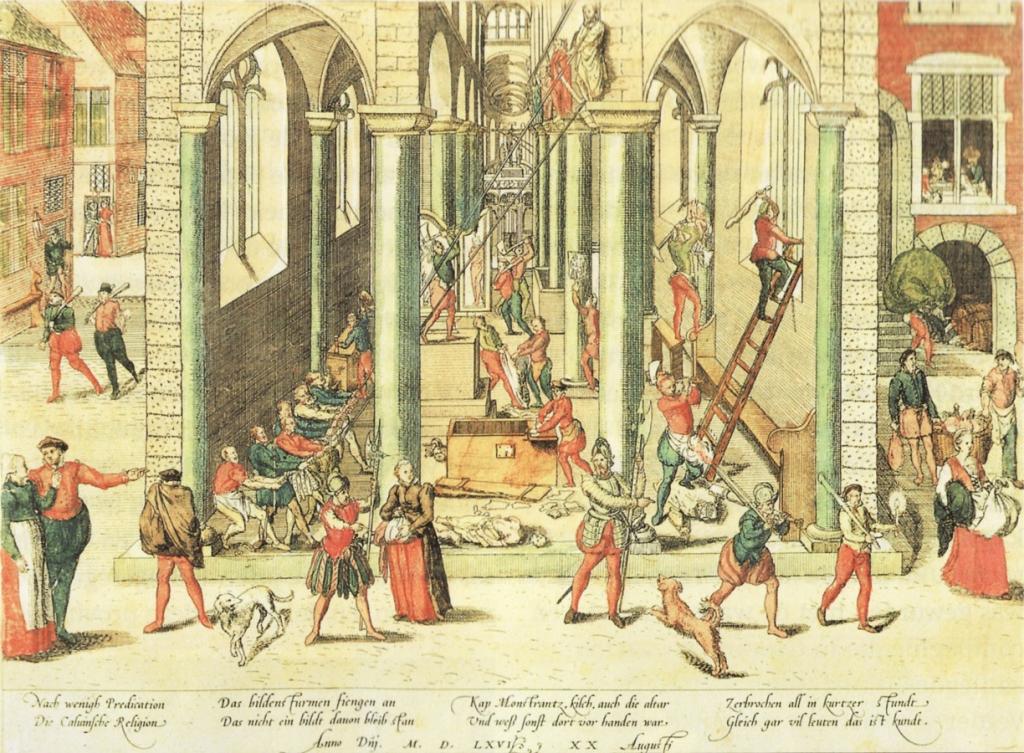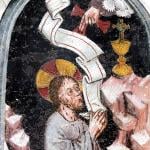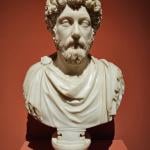Coverage of All-Things-Covid has unfortunately crowded from the news cycle treatment of two events pertaining to religion of world historical significance. Both involve a mosque—or at least a church that was later turned into a mosque and the site of a former mosque—and both carry potentially ominous implications.
The first event was Turkey’s President Recep Tayyip Erdogan’s decision to bless turning Istanbul’s Hagia Sophia from a museum back into a functioning mosque—a pledge he had made some time ago to his heavily religious political base.
Of course, the Hagia Sophia was once the glory of Eastern Christendom until 1453 when the Ottoman Empire under Mehmet II “the Conqueror” took over Constantinople and turned it from a church into a mosque. It became a museum only in 1934 by the decree of strongman Kemal Atatürk in his sweeping, top-down efforts to secularize and westernize modern Turkey after World War I and the collapse of the Ottoman Empire.
Not surprisingly, Eastern Orthodox churches and countries shaped by Orthodoxy have expressed outrage at Erdogan’s decision. As the New York Times reported: “The idea of converting the Hagia Sophia back into a mosque prompted immediate pushback from Greece, which sees itself as the heir to the Byzantine Empire. The Greek Foreign ministry denounced the conversion as unacceptable and a breach of the Hagia Sophia’s status as part of a UNESCO World Heritage site. In a strongly worded statement, the Greek culture minister, Lina Medoni, condemned Turkey’s decision as a ‘direct challenge to the entire civilized world,’ adding that the Mr. Erdogan’s nationalism had pushed the country back six centuries.” Russian clergymen and politicians had similar things to say with some acknowledging their preference that, ideally, the Hagia Sophia should be a church.
Secularists in and outside of Turkey also regret Erdogan’s decision, but for different reasons. They regarded the Hagia Sophia’s museum status as sign of Turkey’s secularism and the change a capitulation to Islamic political forces. True enough. But in many respects, Turkey’s secularism—imposed as it was by Atatürk through draconian measures—has never been that popular in most of Turkey. Except for urban Istanbul and the county’s military and judiciary, this brand of secularism simply never had deep roots. Much or Erdogan’s political career—with the Hagia Sophia affair being its latest episode—has revealed how brittle Turkey’s secularism has been all along and the limits of reforms as undemocratic, unprecedented, and severe as those pursued by Atatürk in the 1920s and 1930s. To be sure, some of Erdogan’s popularity has sagged recently (after 18 years in office, whose wouldn’t?). Still, it seems as if the steady erosion of Kemalist secularism and the strengthening of what some call “neo-Ottoman” forces remains in the offing for Turkey’s future.
***
The second event took place in India recently when the Hindu nationalist Prime Minister Narendra Modi presided over the ground-breaking of a new temple to the Hindu deity Ram in the northern town of Adyodhya on the site of a sixteenth-century mosque built during the Islamic Mughal Empire (1526-1761) and razed by Hindu nationalists in 1992—an event that incited Hindu-Muslim communal tensions and has been a volatile issue in Indian politics ever since.
By allowing the temple project to go forward, Modi, like Erdogan in Turkey, has placated his heavily religious (Hindu) base and greatly displeased Indian Muslims, who were already reeling from the government’s abrupt decision several months ago to end the constitutional autonomy of Jammu and Kashmir, India’s only Muslim-majority state.
What happens between Muslims and Hindus in India rarely stays in India but inflames tensions between India and (largely Muslim) Pakistan that go back to the bloody Partition of British India in 1947. A nuclear power like India, Pakistan and many other Muslim-majority nations have condemned Modi’s action, but a temple to Ram is going up–come what may.
I take away two things from this decision.
First, in some respects, Modi’s action is more troubling than Erdogan’s. Unlike Turkey’s, India’s secularism has proven more popular and evinced a healthy pluralistic, multicultural aspect that goes back to India’s first prime minister Jawaharlal Nehru and Gandhi. For this reason, it was worrisome to read, as Sadanand Dhume editorializes in the Wall Street Journal, that “Wednesday’s ceremony [breaking ground on the temple] marks the end of Nehruvian secularism . . . Like his mentor Mahatma Gandhi, Nehru sought to unite Indians of all faiths in a common fight against British rule. He [Nehru] praised India’s capacity to absorb medieval Islamic invaders”—and their successor: the Mughal Empire, which, again, built the razed mosque.
Second, the decision bears out William Faulkner’s well-known line that often “the past is not dead, it’s not even past.” Much of the uproar over the previous mosque had to do with the fact the Hindu nationalists simply loathe the legacy of the Mughal Empire (which , incidentally, also built the Taj Mahal) and do not see it as part of India’s authentic heritage, but rather as a foreign imposition. (Several years ago, I visited a panorama display of India’s history in New Delhi put up by Hindu nationalists; it had completely airbrushed the Mughal contribution from India’s past.) Yet for many Muslims in India—204 million of them or about 14.6% of the population—the Mughal Empire represents a highpoint of civilization and an important chapter in India’s story.
Permit me now to cut to the chase: as the temple to Ram goes up, Muslim-Hindu relations in India will continue to deteriorate, and the Hindu-ification of India’s politics, like the Islamification of Turkey’s, will likely continue apace—come what may.
As one commentator has said, our age is witness to the return of strong gods.













